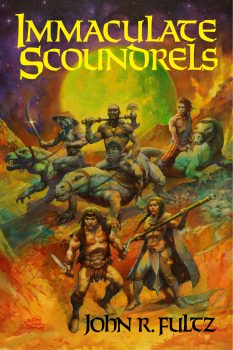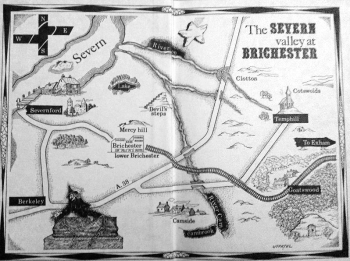The Scottish Play: Macbeth by William Shakespeare
All hail, Macbeth! that shalt be king hereafter!
Macbeth, ACT I, SCENE III
Looking back on my second time around here at Black Gate, I saw that each for the first two summers I’d undertaken the enjoyable, if somewhat pointless task, of writing about a Shakespeare play (for what can I possibly bring to such an effort). First, there was A Midsummer Night’s Dream, then The Tempest. I skipped last summer because a sense of inadequacy for the task had me struggling to finish my piece about T.H. White’s The Once and Future King (pt. 1, pt. 2).
Having already missed last month’s installment of my column due to an ongoing run-in with a 5 mm kidney stone, I decided getting back to Shakespeare might be just the thing to get me moving. But what to read? I’ve only read fourteen of his thirty-nine plays, so I don’t know which of them have fantastical elements. And, then, it smacked me on the head, Macbeth. Not only is it my favorite of the plays I’ve read, but it’s suffused with magic, all black and malign. Then, there are all the movie versions, including a recent one starring Denzel Washington and France McDormand. So, let me begin. …
 One of the
One of the 







